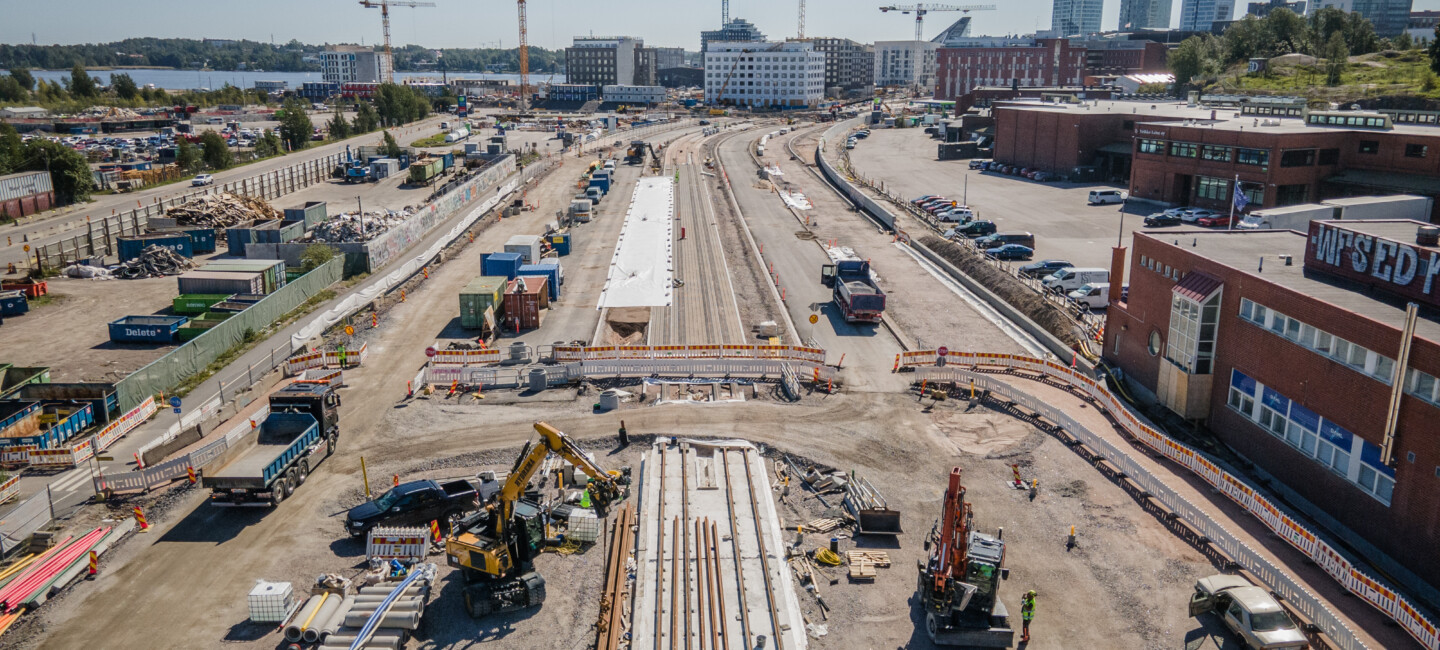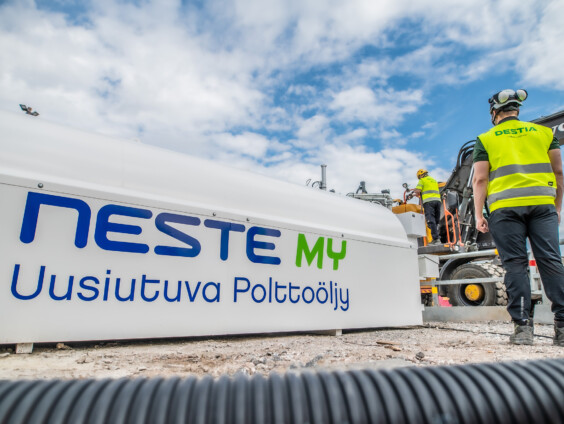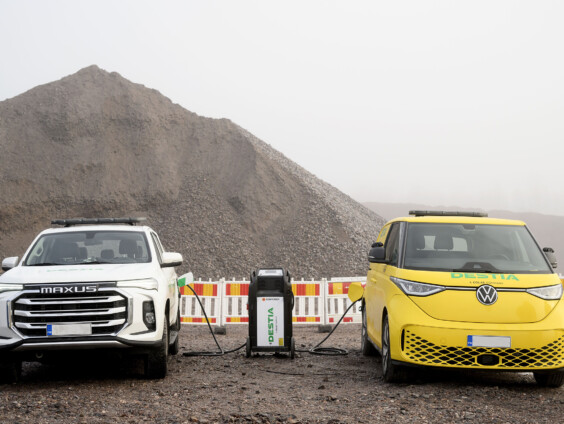The impact of construction on the environment is significant, which is why we as a service provider have a great responsibility. We wish to promote sustainable practices in the industry and help our customers achieve their carbon neutrality goals. We provide various sustainable services and solutions for different stages of infrastructure projects, such as low-carbon site services and emissions accounting. We use low-carbon materials in our projects, such as low-carbon aggregate, and lower-emission energy solutions, such as renewable fuel and electric equipment.
Accounting for climate emissions
The biggest emissions from infrastructure construction are emissions from work machines, construction materials, site operations and transports. We annually calculate and report the climate emissions from our operations as required by legislation, and also use the gathered information to identify the most suitable emission reduction targets.
We account for climate emissions at the project level to allocate our emissions reduction measures as efficiently as possible and to be able to plan future construction projects to be as low-emission as possible. Thanks to a model-based production process and data collection, we are able to closely monitor the emissions caused by machinery as well as material transports within contracts.
Carbon-neutral infrastructure project
We provide our customers with an opportunity to be at the frontline of promoting the transformation of the construction industry towards carbon neutrality. With the Carbon-neutral infrastructure project concept, we and our partners offer comprehensive services and solutions to achieve carbon neutrality at our projects. Our concept includes carbon footprint accounting and reporting, active reduction measures and the offsetting of the remaining carbon footprint.
Most significant low-carbon materials
We reduce the carbon footprint of our projects by using various low-carbon materials. Together with our partners, we have developed alternatives with significantly lower carbon dioxide emissions than conventional materials. These include low-carbon concrete, steel, plastic and aggregate. The use of low-carbon materials is always planned together with the customer as needed.



